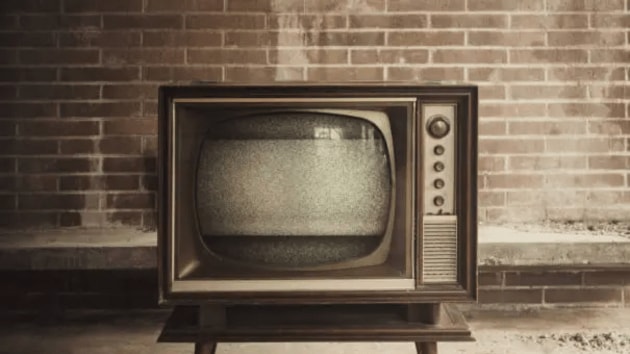In pictures: The evolution of television
Today is World Television Day. Let's look back at the evolution of tv.
 1 / 7
1 / 7The television is a powerful medium for communication, culture, and connection. From bulky black and white sets to today’s ultra slim smart screens, TV has undergone a remarkable transformation. Here’s a look at how it evolved through the decades. (Source: Photo by unsplash)
You’ve Read Your Free Stories For NowSign up and keep reading more stories that matter to you.Already have an account? Sign InThis story requires a subscriptionSelect a plan and use IE10 code to get 10% extra offAlready a subscriber? Sign inThis story requires a subscriptionPlease Select A PlanThis content is exclusive for our subscribers.Subscribe now to get unlimited access to The Indian Express exclusive and premium stories.Already a subscriber? Sign In- 2 / 7
The Birth of Television (1920's to 30's): Early mechanical and electronic TV systems emerged, with pioneers like John Logie Baird and Philo Farnsworth leading the way. These first sets were small, experimental, and limited in broadcast capability. (Source: Photo by unsplash)
- 3 / 7
Black and White TV (1940's-50's): Television sets entered homes worldwide, broadcasting news, entertainment, and live events. Major networks grew, and families gathered around their box TVs for shared viewing. (Source: Photo by unsplash)
- 4 / 7
Colour Television Revolution (1960's-70's): Colour broadcasts transformed the viewing experience. Shows, sports, and films became more vivid, making colour TV a global standard. (Source: Photo by unsplash)
- 5 / 7
Rise of Cable TV (1980's): Cable TV expanded channel choices dramatically. Remote controls and VCRs also changed how people consumed content, allowing pausing, recording, and playback. (Source: Photo by unsplash)
- 6 / 7
Flat Screens and HD Era: LCD, LED, and plasma technology replaced bulky CRTs. High definition (HD) visuals improved clarity and realism, making TVs slimmer and more immersive. (Source: Photo by unsplash)
- 7 / 7
Smart Tv's and Streaming Dominance (2010's to present): Smart TVs integrated internet connectivity, apps, and AI features. Streaming platforms reshaped media consumption, enabling on demand viewing anytime, anywhere. (Source: Photo by unsplash)